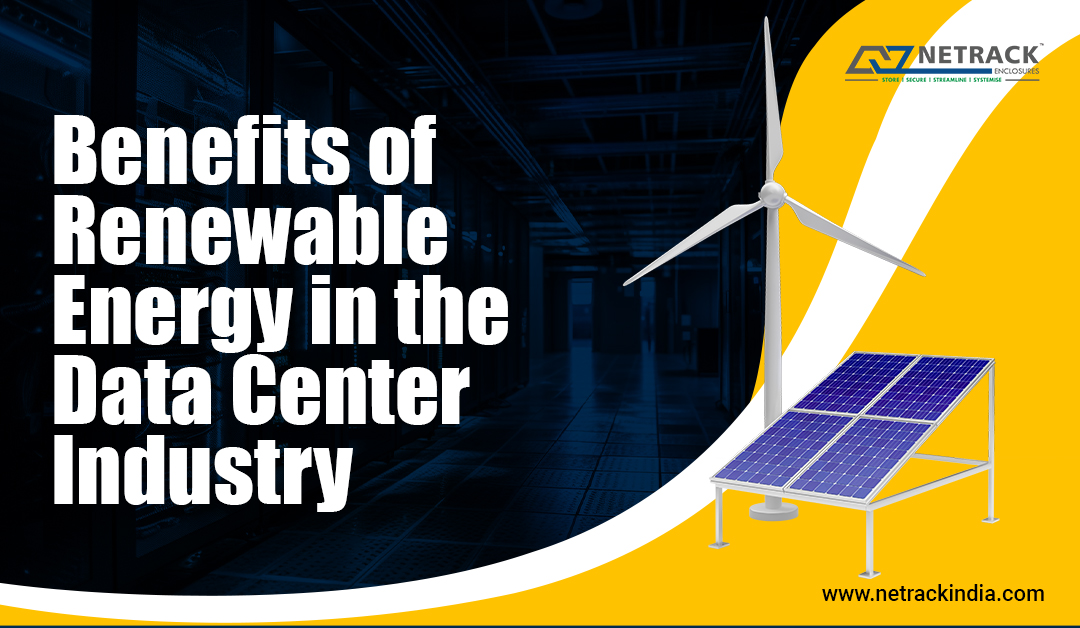
Benefits of Renewable Energy in the Data Center Industry
The power consumption of data center infrastructure can vary significantly depending on the facility’s size, capacity, and efficiency, as well as the technologies and equipment used. Data centers are energy-intensive operations due to the necessity of high power and cooling for servers, networking equipment, storage devices, and other supporting systems.
Urgent need for sustainable data centers
The criticality of energy consumption in the data center industry cannot be overstated. As the digital world expands, data centers are pivotal in supporting various online services, cloud computing, big data analytics, artificial intelligence, and other critical applications. However, data centers’ rapid growth and energy demands have raised significant concerns regarding environmental sustainability, energy efficiency, and overall resource management.
Data centers are among the largest electricity consumers globally, and their energy consumption is responsible for a substantial carbon footprint. The reliance on conventional energy sources, such as coal and natural gas, can contribute to greenhouse gas emissions and accelerate climate change. As the urgency to address environmental issues grows, reducing data center energy consumption becomes essential to mitigate its impact on the planet.
Their energy consumption heavily influences the operational cost of data centers. High energy use can lead to significant operational expenses, making energy efficiency a critical factor in optimizing the financial performance of data centers. Also, the high energy demand can challenge the reliability and stability of the power supply, leading to potential power outages and disruptions in critical services.
Netrack prioritizes sustainability and environmental responsibility and believes that data centers that demonstrate a commitment to energy efficiency and renewable energy can gain a competitive advantage by appealing to environmentally conscious customers. Hence Netrack embraced innovative technology to design the several Accessories to achieve low cooling demand and increase the overall efficiency, these accessories include Air seal kit, Blank panel, Bruch modules and Containment solution to name a few.
Benefits of balancing growth and responsibility
A minimal carbon footprint is one of the most significant advantages of renewable energy in data centers. Unlike traditional fossil fuels, renewable energy sources such as solar, wind, hydro, and geothermal power generate electricity without producing greenhouse gas emissions, helping to combat climate change and reduce air pollution.
While the initial investment in renewable energy infrastructure may be higher, the long-term cost savings can be substantial. Renewable energy sources provide data centers with a stable and predictable energy cost over time, as they are not subject to fluctuations in fuel prices. Additionally, some regions offer tax incentives and subsidies to encourage the adoption of clean energy, further reducing operational expenses.
Data centers can achieve greater energy efficiency by integrating renewable energy into their power supply. Renewable energy systems are often more efficient than conventional power generation methods, leading to reduced energy waste and higher overall efficiency. With renewable energy systems, data centers can maintain critical operations during power outages or grid failures, enhancing reliability.
Embracing renewable energy in data centers fosters research and development in sustainable technologies and practices. This, in turn, contributes to the broader transition to a greener and more sustainable economy.
Key to a greener digital future!
Hence, as the demand for data centers grows, integrating renewable energy becomes a crucial step toward achieving a sustainable and resilient digital infrastructure. By prioritizing energy efficiency and sustainability, the data center industry can contribute positively to the global effort to minimize climate change and create a more environmentally responsible digital infrastructure.




